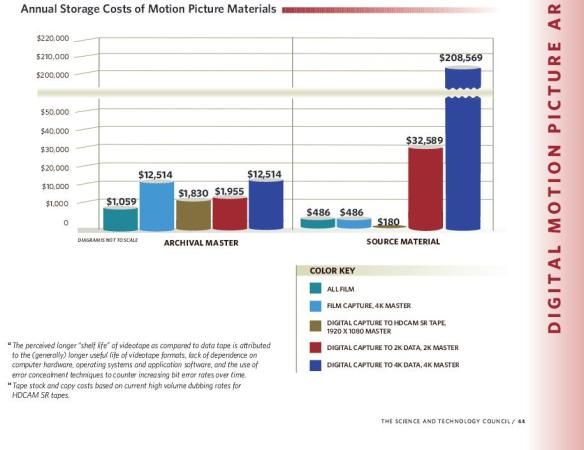It’s the city I was born in, and still feels like home to me, having grown up there and also gone to college for 4 years. It’s good to be back for a while. When down at my grandparents’ house, I discovered a few rolls of exposed 120 Kodak Verichrome Pan in my grandpa’s drawer (along with a rather crappy plastic camera…there was a reason I left that one behind, though I’m rethinking that now). I decided to ask around town to see what could be done about getting that film developed and came up with a bit of success. Also rooting through my own drawer at my dad’s house, I came up with a few 35mm rolls that have probably been sitting there since I was in middle school: 2 rolls of Fuji 200 and a roll from Seattle Filmworks. This was way back when I had no idea what the hell I was doing, but evidently I used the good stuff occasionally, even if it was only in my Kodak Cameo thrift-store special. I’ve started doing research on labs doing ECN-2 processing, but don’t know who I would send the film to yet.
Does anyone reading this have experience sending in old rolls from Seattle Filmworks that can give a recommendation for a good ECN-2 lab?
Since I was going to be here for a few weeks, I thought it would be a good idea to scout out the local photography scene as it stands now, as well as see if anyone could develop those 120 rolls of my grandpa’s. When I left Columbus 5 years ago, I was just getting into film, but The place to go to was Cord Camera, at least according to my dad. They were the first store I sent film to back in 2009. If you follow that link, you’ll see that they’re sadly no longer in business, and it looks like I missed the boat by about 6 months.
Cord Camera sends you to the World of Photography, which is actually not too far at all from my brother’s apartment, where I’m writing this now. They do indeed have a good selection of used gear, though their prices do seem to be a bit out-there, but they also start marking down items that have been there too long. Since deciding to build up the Spotmatic as my main 35mm system, I’ve been looking for m42 lenses for a good price. They had a Helios 44-m that I’m still considering.
It seems the only place left in town that still does film processing (and not much else) is a printing shop called McAlister Photoworks. They even do 120 film, which is nice to know, but not black & white. I did get a couple recommendations for freelance darkroom magicians, and will have to send my grandpa’s film out to one of them.
Other stores I looked in on were the Midwest Photo Exchange which has a good selection of pro film from Kodak, Fuji, and Ilford, and also the Columbus Camera Group quite close to Ohio State campus; they’re notable for operating out of an old smelly church. Lovely place, I’d do the same! They had rolls and rolls of expired (2002?) film for $3.00 a roll, mostly slide film: Ektachrome 64T and Velvia in 120, plus assorted 35mm rolls, even some AGFA Scala.
Besides all that, I’ve gone ahead and ordered 2 rolls of Cinestill 800T to try out, I might shoot a roll while I’m here, to mix things up. Already used up a roll of Tri-X and am halfway through some Fuji Superia 800, but haven’t been out the last week. I suppose we’ll see how things go.
Again, if anyone has experience getting movie film like Seattle Filmworks developed, I’d love to hear from you, and especially would appreciate a reccomendation for a lab that does ECN-2 processing.






